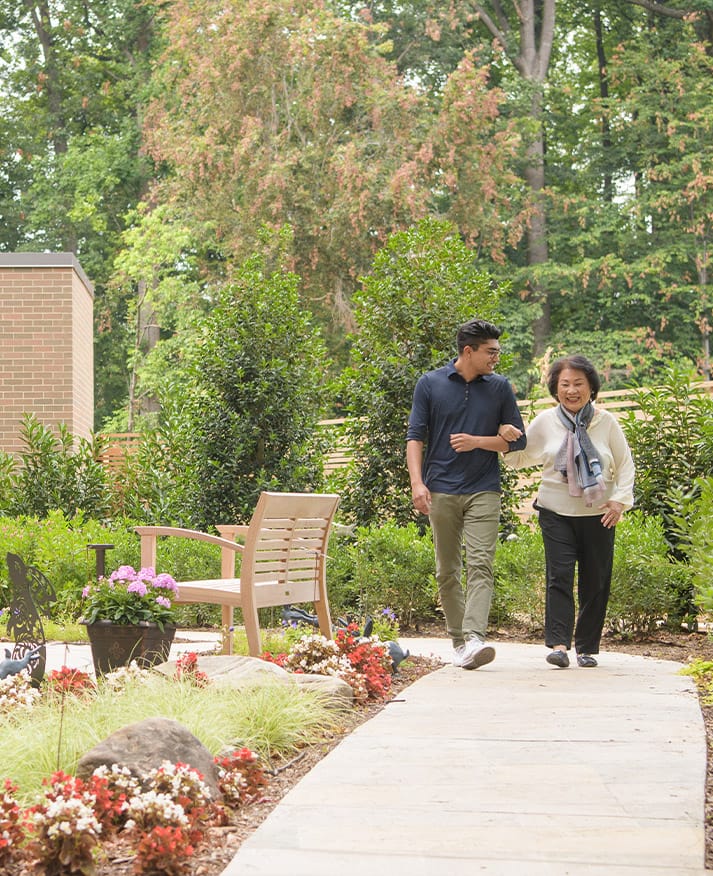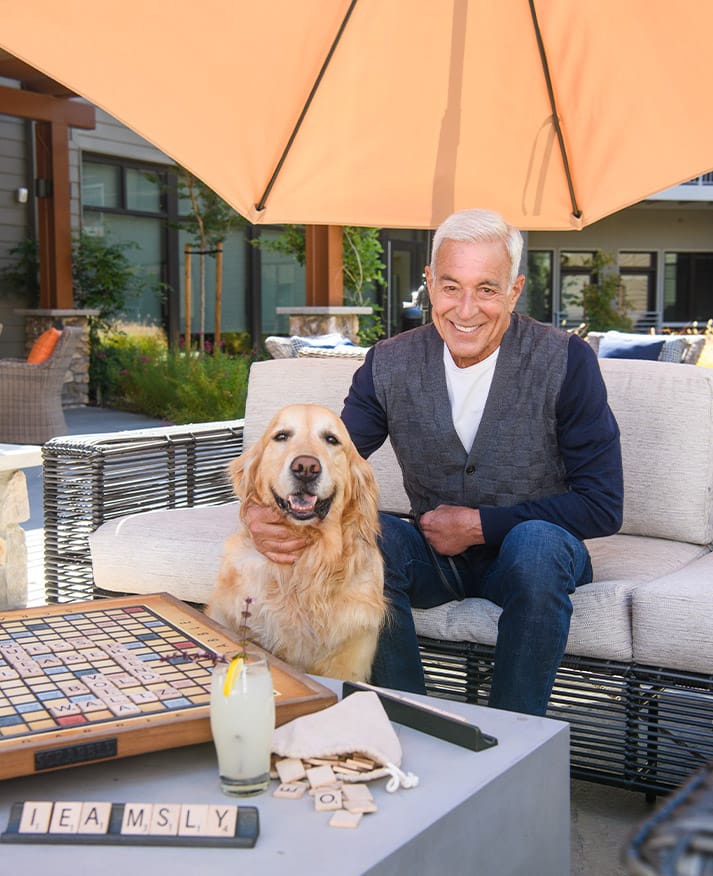The Neighborhood
The soundtrack for urban delights and outdoor adventure.
While Austin is known as the live music capital of the world, its attractions don't stop there. As you enjoy the unique experience of musicians performing all over town from the grocery store to the airport, you'll find world-class museums, sculpture gardens, trendy restaurants, and one-of-a-kind shopping to delight you.
And for year-round outdoor activities in the sun, Austin offers almost limitless choices for the hiker, biker, birder, and boater, not to mention opportunities for relaxing. Try a sunset cruise or paddling on Lady Bird Lake in the city, or take a day to explore Lake Travis and nearby McKinney Falls.
Here, you'll find the best senior living has to offer. We think you'll stay.
So Much To Do and See

The Lyndon B. Johnson Presidential Library
Standing on an impressive 30-acre site on the University of Texas campus in Austin, Texas, the Library houses 45 million pages of historical documents, 650,000 photos, and 5,000 hours of recordings from President Johnson's political career, including 643 hours of his recorded telephone conversations.
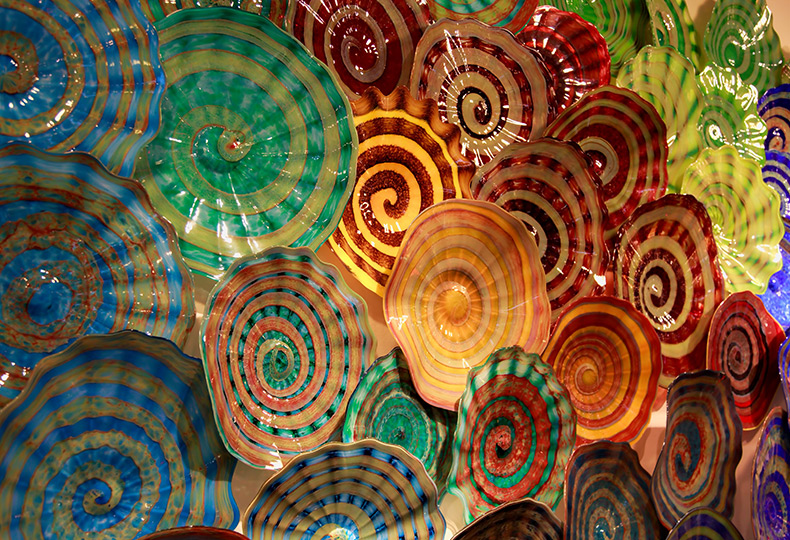
Wimberley Glassworks
Wimberley Glassworks is Texas’s premier handblown glass lighting and art glass studio, featuring unique vases, sculptures, platters, glassware, and lighting since 1992. Find them in the beautiful Texas hill country between San Marcos and Wimberley.
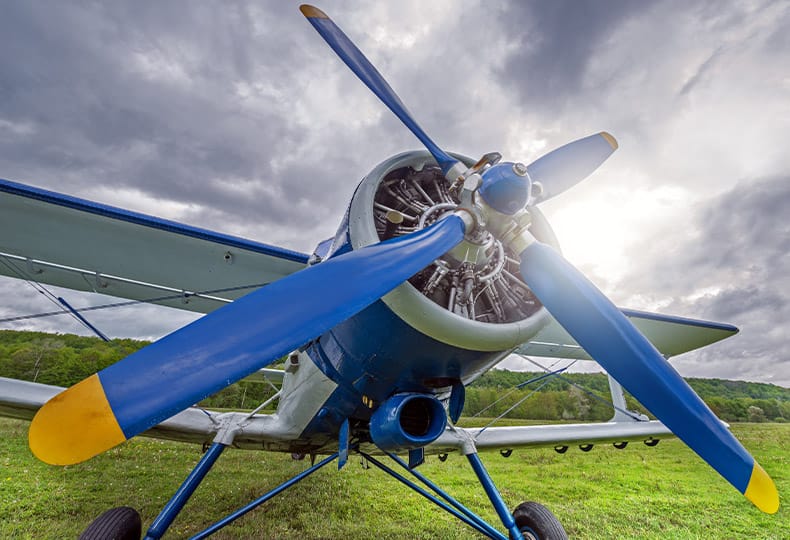
Texas Military Forces Museum
A 45,000-square-foot museum explores the history of the Texas militia and volunteer forces from 1823, the date of the first militia muster in Stephen F. Austin’s colony, to 1903 when Congress created the National Guard. From 1903 to the present, the museum tells the stories of the Texas Army and Air National Guard, as well as the Texas State Guard.
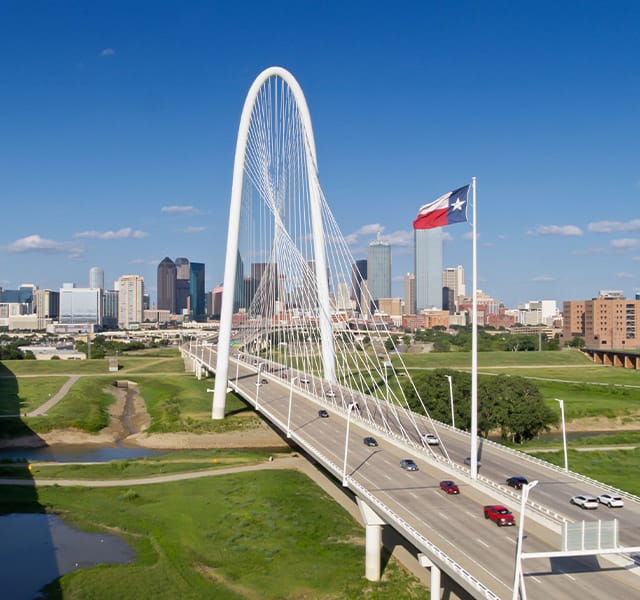
History
For hundreds of years in the region of Austin and Travis County, nomadic tribes of Tonkawas, Comanches, and Lipan Apache camped and hunted along the creeks. In the late 1700s, Spanish colonists were the first European settlers, followed by Anglo-Americans in the early 1800s.
In 1836, Texans won independence from Mexico and formed the Republic of Texas, which functioned as a sovereign state until its annexation by the United States in 1845. Austin was chosen as the republic's capital city and remains the state capital today.
After the end of the Civil War, Austin saw dramatic growth, becoming a major trade center for cotton and cattle. The city continued to grow throughout the 20th century, adding its vibrant music scene in the 1970s, when artists such as David Rodriguez and Willie Nelson drew national attention – and more – musicians — to the city. And when the high-tech industry discovered Austin in the 1990s as a prime location for their facilities, it soon became the latest Silicon Valley offspring.
Today, Austin is a thriving and diverse cultural metropolis that has the added advantage of its beautiful, well-planned, urban landscape.
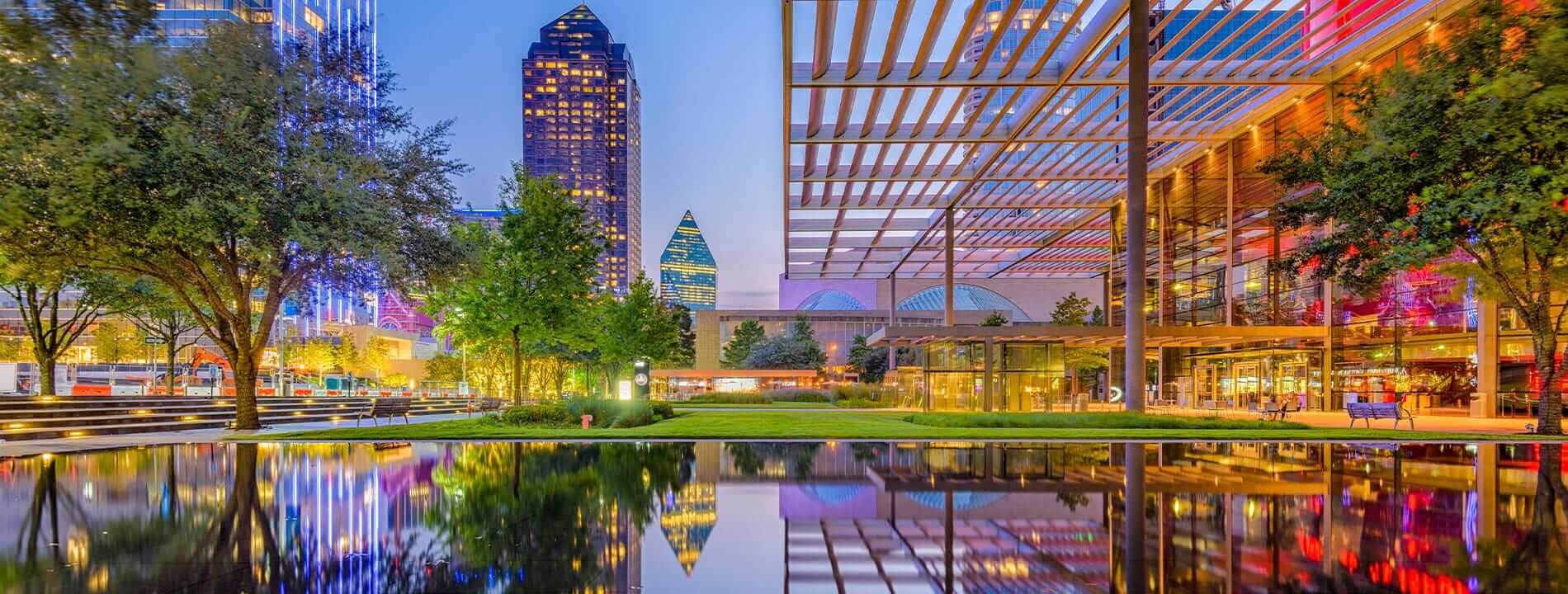
Adventure awaits in Austin.
Check out what’s happening in Austin from live music venues to art shows, concerts, comedy events, and more.

